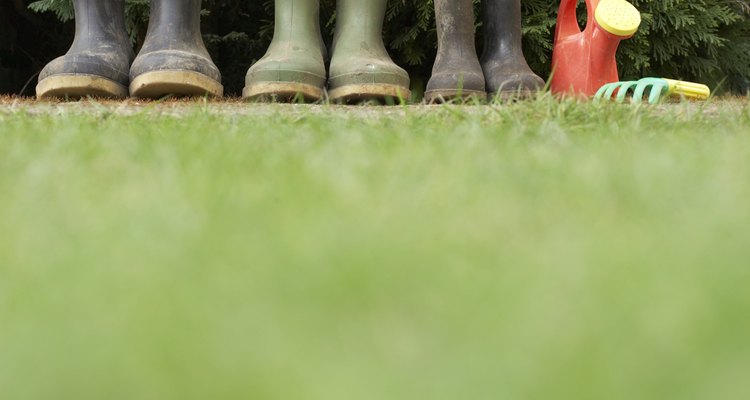
Martin Poole/Digital Vision/Getty Images
Water-resistant boots are very different from waterproof boots, and knowing the differences between the two is important for your comfort and -- more importantly -- your safety. Both are good for outdoor activities, but each type of boot protects your feet differently and in different conditions and activities. Understanding and knowing the conditions you'll be in while wearing the boots is crucial so you can select the right pair for the job.
A Boot for Every Season
Water-resistant boots are what most people wear in light, rainy weather or even light snow. They're usually made of canvas, leather or other fabric that's treated to repel water; however, they aren't waterproof and your feet will get wet in heavy rains or snow. Waterproof boots, on the other hand, are usually constructed of rubber, plastic or other non-porous materials and can be submerged in water or snow and still keep your feet and lower legs dry and warm.
The Proof Is in the Numbers
Just as food labels are highly regulated, so is the sale of footwear that's marketed as water-resistant or waterproof: Hydrostatic head testing is the industry yardstick testing standard that measures the degree of water resistance in footwear. Water is forced through the fabric or other material to see how much water pressure it can tolerate before it starts to leak. Water-resistant boots generally resist 200 millimeters of pressure; waterproof boots resist at least 1,000 millimeters of pressure.
The Right Boot for the Activity
Water-resistant boots are ideal for activities such as walking and gardening in light rain, snow or sleet -- any activity that doesn't involve submerging the foot for extended periods in water or snow. Waterproof boots are specially constructed to protect your feet and lower legs from extended exposure to moisture, cold and harsh weather. Waterproof boots also protect you if you work in jobs where you're exposed to slippery floors or hazardous materials.
They're Not Interchangeable
Before you purchase boots, know that water-resistant and waterproof are not fully interchangeable. Sure, you could wear waterproof boots in light rain or snow or to work in the garden and be more protected than you really would need to be. But the reverse is not true: Wearing only water-resistant boots in harsh weather conditions or in work situations that require waterproof protection could result in injury. Make sure to ask a footwear professional or research boot brands to assure you're selecting the right boots for your activities.
Related Articles

What Are Pac Boots?

How to Care for Asolo Leather Hiking ...

How to Clean Airwalk Ugg-Style Boots

Fixing a Boot's Heel
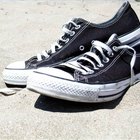
How to Waterproof Canvas Shoes
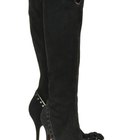
Can You Put Scotch Guard on Suede Boots?

How to Get the Gas Smell Out of Rubber ...
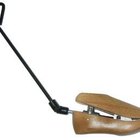
How to Stretch Suede Boots

How to Clean the Insides of Rubber Boots

How to Fix a Crack in My Hunter Wellies

How to Stop Clog Shoes From Squeaking

How to Waterproof Native Canadian ...

How to Get My Boots to Stop Squeaking

What Should I Use to Protect My Bearpaw ...

How to Take Care of Doc Martens

How to Clean TEVA Sandals

How to Repair Clarks Shoes
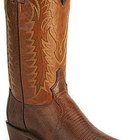
How to Clean Lizard Skin Boots

How to Clean Diesel Shoes
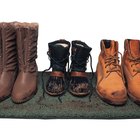
How to Make Homemade Waterproofing for ...
References
Writer Bio
Shelley Moench-Kelly is a writer and editor whose clients range from L'Oreal and www.Makeup.com to the McGraw-Hill Companies and FIDM. She has interviewed notables such as Dr. Andrew Ordon of “The Doctors” and the legendary Vidal Sassoon. Her first book, "Egg," is slated for release in 2016.
Photo Credits
Martin Poole/Digital Vision/Getty Images